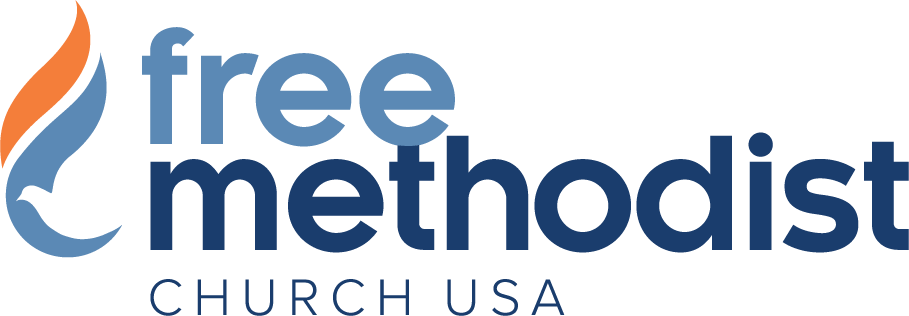Understanding the Defined Benefit 2018 Changes
Since 1969 the Free Methodist Church – USA has provided a denominational pension plan. Since that time, it has been the continual goal of the Benefits Committee and the BOA to keep focused on the participants’ best interests and to continually improve benefits as plan funds allow. In doing this, we must count on the contributions from the churches (employers) to support the funds, as well as the investments to sustain the plan for all who are enrolled. Overall, constantly balancing the benefits provided and the long term financial sustainability of the plan.
Things that have impacted the sustainability of our plan:
- Fewer pastors are coming into ministry and more are bi-vocational.
- The investment market has been up and down, and there have been several low return years.
- People are living longer. A good thing overall and is a factor for the plan.
- Contributions have been assessed lower throughout our history than other denominational plans. Many other denominations have the same challenges as we do. We meet with the Church Benefits Association annually and compare statistics and benefit plans. We are not alone in making adjustments within our pension plan. The 13.5 percent for the pension contribution is similar to what other denominations assess their churches.
There is constant analysis and attention on the impact of the activity in our plan. For that we have fully utilized the services of our actuary, our auditors, our investment managers, as well as staff that hear from and serve our plan participants. It takes all these groups, along with the Benefits Committee, to manage and handle the pension funds according to the plan guidelines and objectives.
The purpose of the program was designed to provide workers and their beneficiaries a secure source of retirement. As the benefits gradually grow, and the group changes in demographics, there are times that things such as the contribution rate, benefit formula, mortality tables, retirement age, and investment goals must be changed along the way. By doing this, the plan’s sustainability will be maintained to serve all those enrolled when retirement time comes.
The following graphs are a snapshot of the plan’s position as of December 2017 before the plan changed the benefit formula from 1.85 to 1.50 percent, the 13.5 percent contribution amount as of January 2018, and the Normal Retirement Age to 67 as of January 2021. The graph reflects the contribution rates that were looked at, with consideration of a 2 percent population decrease, and future investment returns. Notice the position of the black line, that was the prior 10.5 percent contribution rate, and where the fund ends turning downward. In looking at the current 13.5 percent contribution rate with a Normal Retirement Age of 67, this arrangement gives our plan adequate sustainability.
With consideration of the above bullet points, and the many challenges of pension plans throughout our country, this led the Benefits Committee and the BOA to the changes that were effective with 2018.
Our Defined Benefit Plan has served our participants well in providing retirement, death, and disability benefits. It clearly takes the guesswork out of retirement income because employees, and their beneficiary, will know they will receive a predetermined payment each month at the time of retirement. The pension plan will continue to be carefully monitored each year to insure participants will have a benefit to support them in their retirement years.
